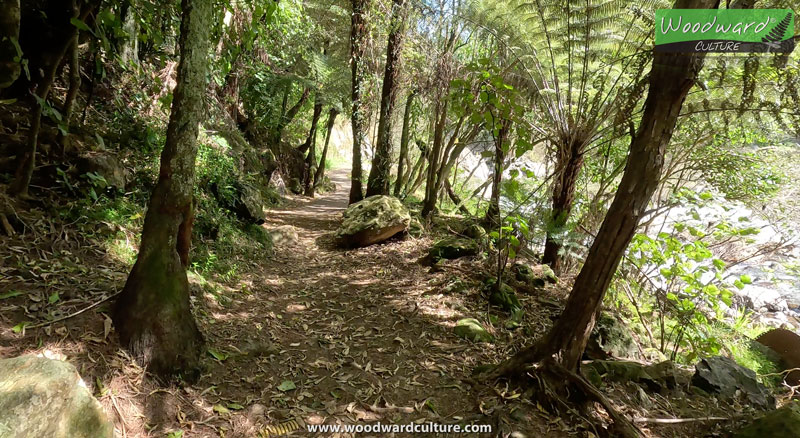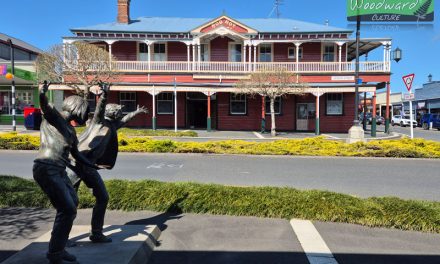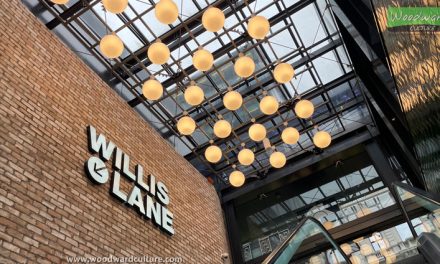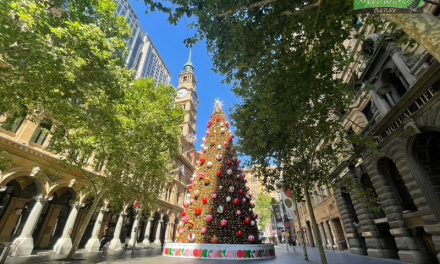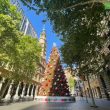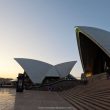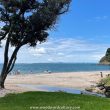In this 4K walking tour of New Zealand, we do the Rail Tunnel Loop Walk in Karangahake Gorge. We start off near the Karangahake car park go across the swing bridge and along the river until we get to the rail tunnel. We walk through the 1km rail tunnel, and across the rail bridge at the end. We spend a moment beside the river under the rail bridge and then continue along the walk beside the river until we get to the mining ruins near where we started.
Railway Tunnel Loop Walk – Karangahake Gorge
Karangahake Gorge is famous for its beautiful scenery, gold mining and rail history. A number of easy walks from the Karangahake car park lead you through abandoned mines, tunnels, underground chambers and along stunning sections of the river gorge.
The Karangahake Gorge Historic Walkway follows the old Paeroa to Waihi railway line past the massive ruins of stamper batteries built during the 1890s.
From the prospecting of gold in the early 1820s to the eventual decline of the Ohinemuri mines by 1920, goldmining left its enduring mark on the land.
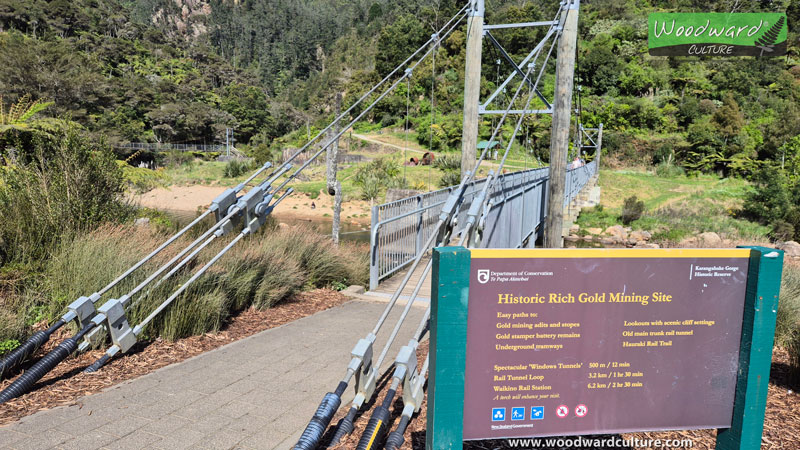
Railway Tunnel Loop Walk
The Karangahake Railway Tunnel Loop takes around 1 hour to walk.
From the carpark cross the swing bridge and head up the hill a little to where a sign will lead you to a walking track heading to the right. You will walk alongside the river and come to the abandoned Crown Battery ruins. Once there, you will go slightly down a hill and from some more of the battery ruins you will see a double-decker bridge that crosses the river with the top walking section going over State Highway 2. Walk over the historic train bridge (admiring the river and surrounding natural beauty), before heading through the 1.1km-long (0.68 mile-long) rail tunnel. The tunnel is electrically lit during daylight hours with a soft reddish glow and you are likely to come across other walkers and often people on bikes too as you go through.
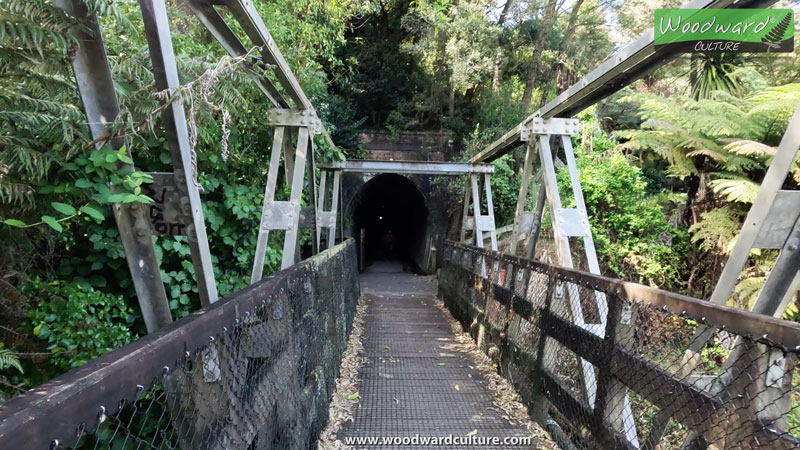
At the other end of the tunnel you will go over another bridge and have to turn right to follow the path through native forest alongside the river (If you go straight ahead from the bridge, you will end up at Waikino). Eventually you will arrive at the remains of the Woodstock Stamper Battery, go across a smaller swing bridge that goes over the smaller Waitawheta River where you will arrive at where you started.
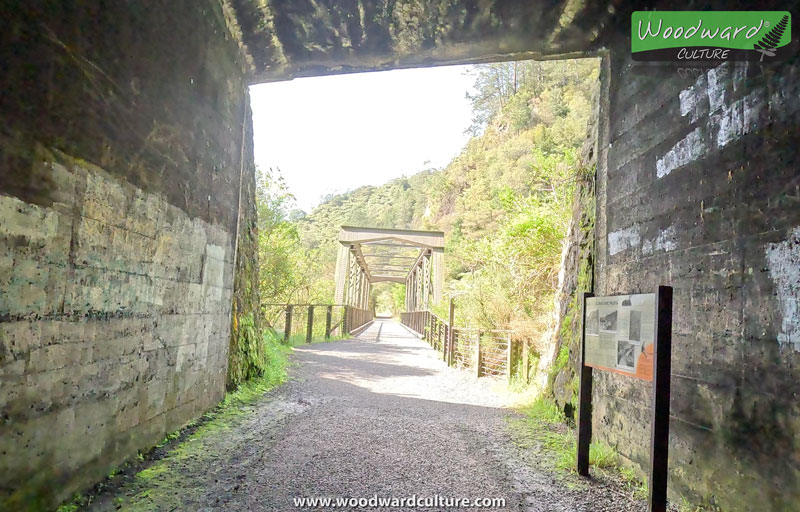
The Railway
The Paeroa to Waihi railway was built between 1900 and 1905 after lobbying by mining companies wanting better transport to their mines in the Karangahake Gorge. The line operated as the main rail link between the Waikato and the Bay of Plenty until replaced by the Kaimai Tunnel in 1978.
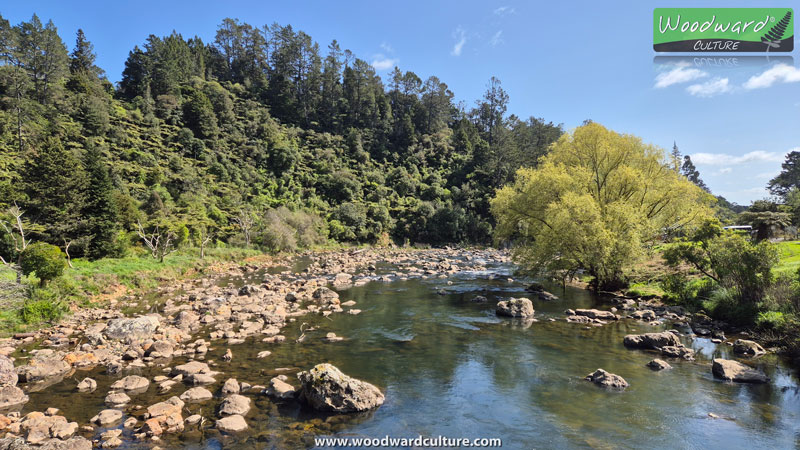
Ohinemuri Bridge
The Ohinemuri Bridge that we cross before going into the tunnel was constructed between 1902-4. What makes it so special is that it is one of only three “double-decker” road and railway bridges in New Zealand. The top part had the railway track, which was used as such until 1978, while the lower part was for the road. In 1985 the top part of the structure was repurposed as part of a historic walking trail and in 2013 it was expanded for a cycling route through the Karangahake Gorge. The Ohinemuri Bridge is a New Zealand Historic Place Category 2.
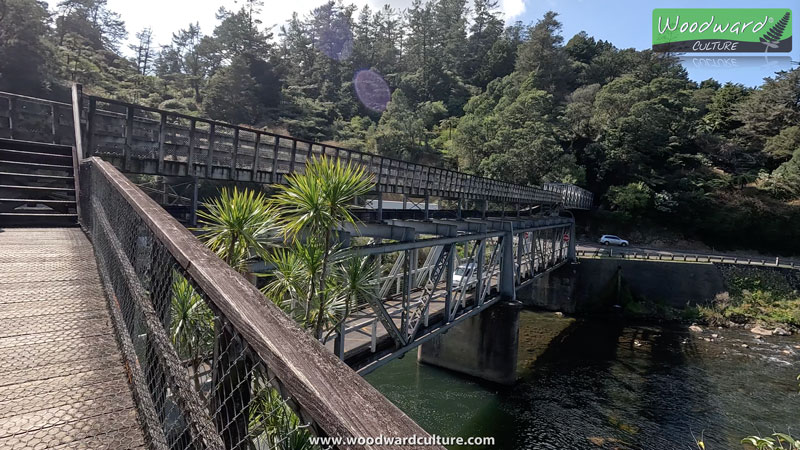
Crown Battery Ruins
Gold mining was not economically sustainable in the area until the introduction of the cyanide process which was first tested here at Crown Hill Battery. The test was successful and soon the goldmines in the Karangahake Gorge were considered world leaders in this process with peak production (it achieved an extraction rate of up to 90% of the gold contained in the rock) and profitability in the early 20th century.
In 1896, the Crown Battery had 60 stampers working but by 1908 difficulties were encountered in the mining operation which later led to workers being laid off and eventually it was dismantled in 1920. What remains today is now a New Zealand Historic Place Category 1.
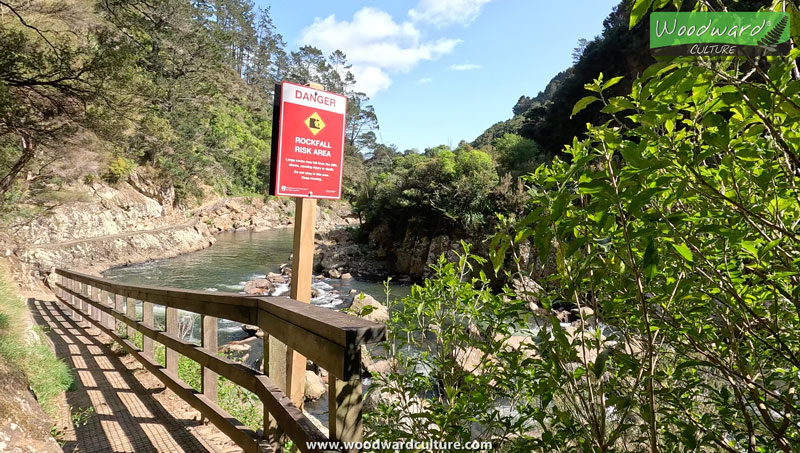
More Walks in the Karangahake Gorge
Some other walks from the Karangahake Car Park include:
Woodstock and Talisman Mining Batteries
20-minute return walk
These historic remains are near the river and closest to the car park.
Windows Walk
1-hour return walk
Follow the tramway track along the dramatic river gorge to explore the mining tunnels and underground pumphouse. A torch is recommended for the tunnels.
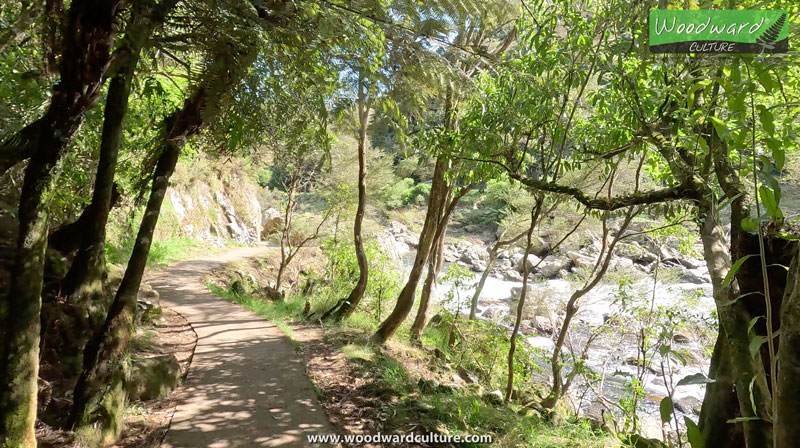
Random Facts
Before European settlement, many fortified villages (Pā in Māori) existed along the Ohinemuri River. The gorge became an important access route for Māori passing between the Hauraki Plains and the Bay of Plenty. The first European built roads followed these trails.
In 1909, the Ohinemuri mines were producing more than half the country’s gold.
